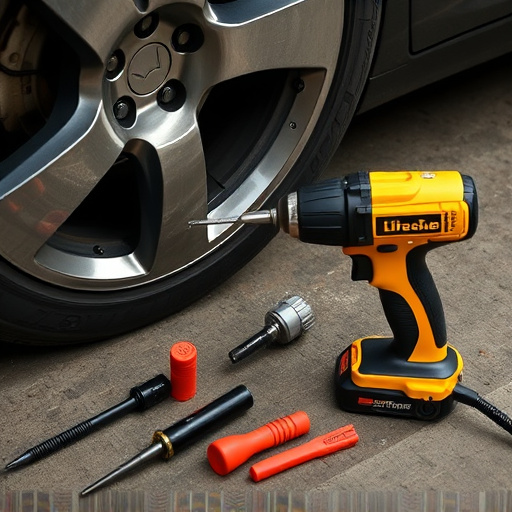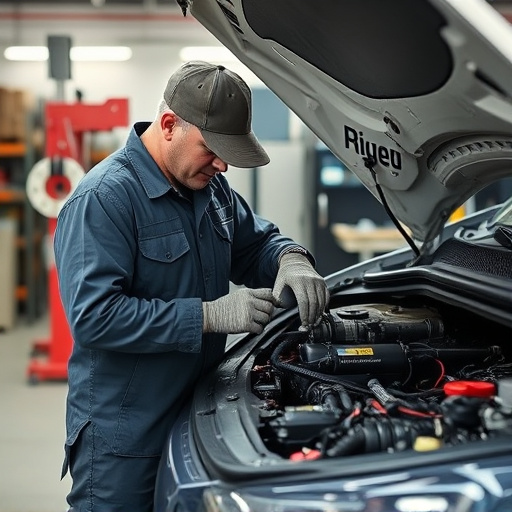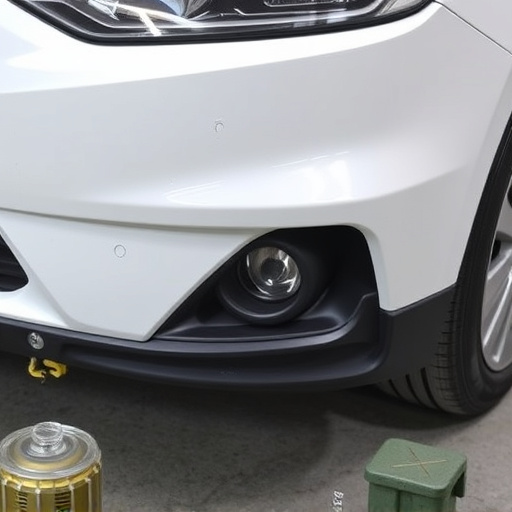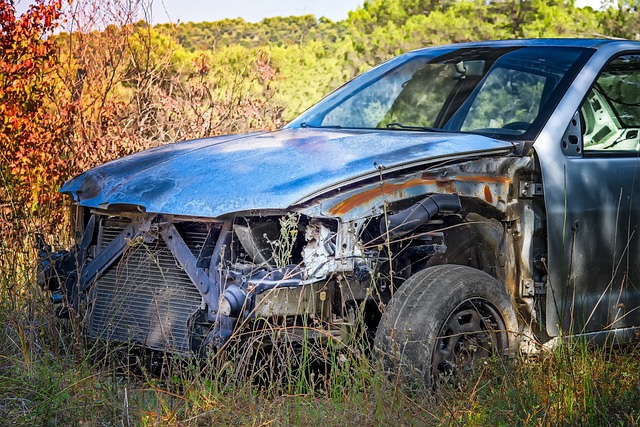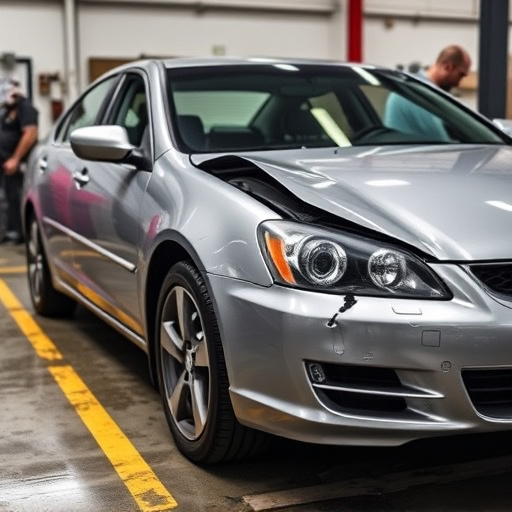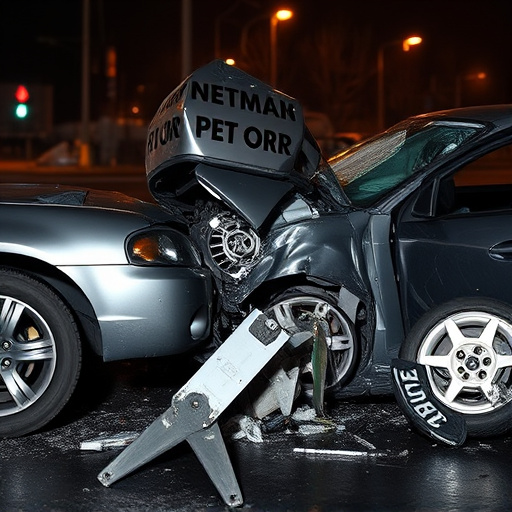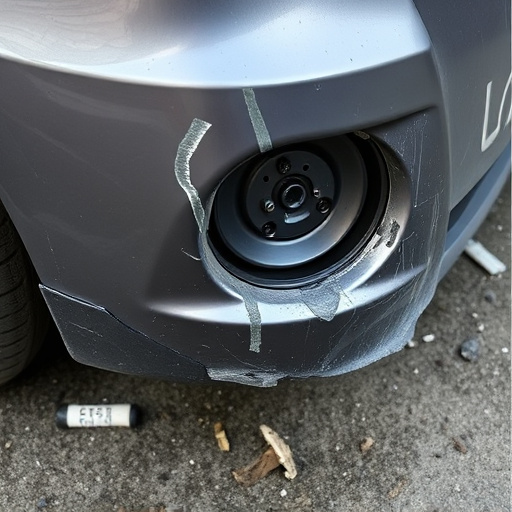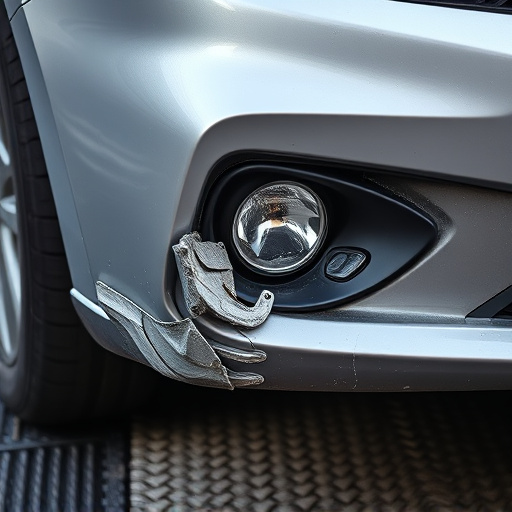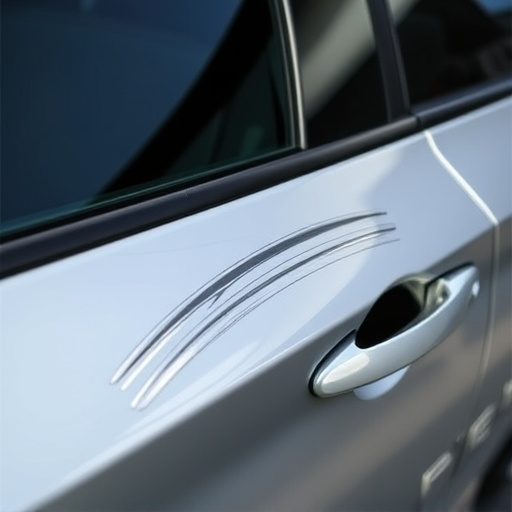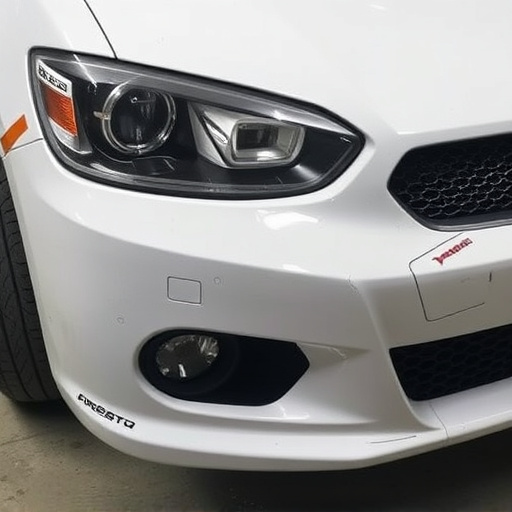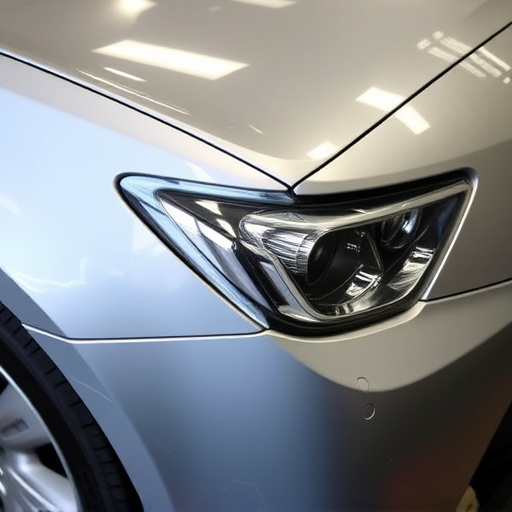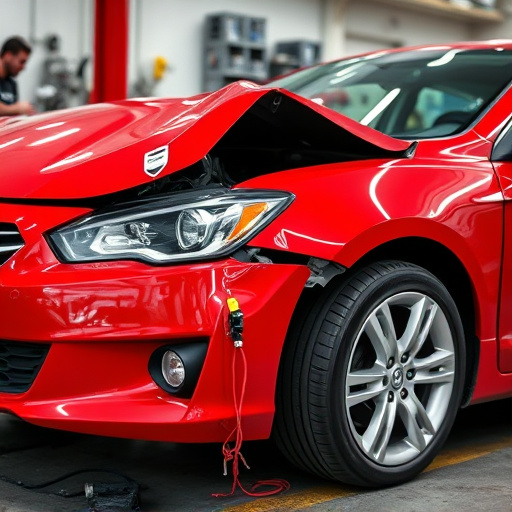After a collision, AC repair is vital for vehicle safety, comfort, and environmental protection. Advanced tools detect leaks in automotive systems, preventing refrigerant loss and ensuring efficient cooling. Specialized auto body shops offer comprehensive services, combining leak detection with dent removal, skilled paint repair, and meticulous AC system maintenance for reliable performance and aesthetic value.
After a collision, proper AC repair is essential for vehicle comfort and safety. This article delves into the critical role of leak detection in post-collision AC systems. Understanding basic leak detection methods empowers technicians to identify and minimize damage, ensuring efficient repairs. We explore the impact of leaks on AC functionality and offer strategies to navigate these challenges effectively, prioritizing both performance and longevity in AC repair after collision events.
- Understanding Leak Detection Basics in AC Systems
- The Impact of Leaks on Post-Collision AC Repair
- Effective Strategies for Minimizing Damage During Repair
Understanding Leak Detection Basics in AC Systems
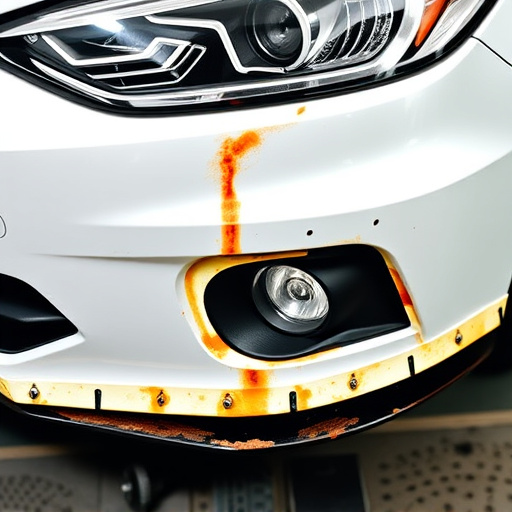
Leak detection is a crucial step in AC repair after collision, as it helps to identify potential issues before they become major problems. Basic understanding of AC systems reveals that refrigerants play a vital role in maintaining optimal temperatures. In an automotive setting, these systems often face various challenges post-collision, including damaged auto glass or bumped bumpers, which can lead to refrigerant leaks. Early detection is key; even minor leaks can significantly reduce system efficiency and, left unaddressed, could result in complete failure of the AC unit.
Auto body shops specializing in collision repair offer advanced tools for leak detection, ensuring that every component, from the compressor to the evaporator coils, is checked thoroughly. This process involves utilizing specialized sensors and dyes designed to track refrigerant leaks with precision. Once detected, these issues can be promptly addressed during the AC repair process, whether it’s fixing a cracked radiator hose or replacing a damaged condenser. Efficient leak detection not only enhances the effectiveness of AC repair after collision but also safeguards the environment by preventing the release of harmful refrigerants.
The Impact of Leaks on Post-Collision AC Repair
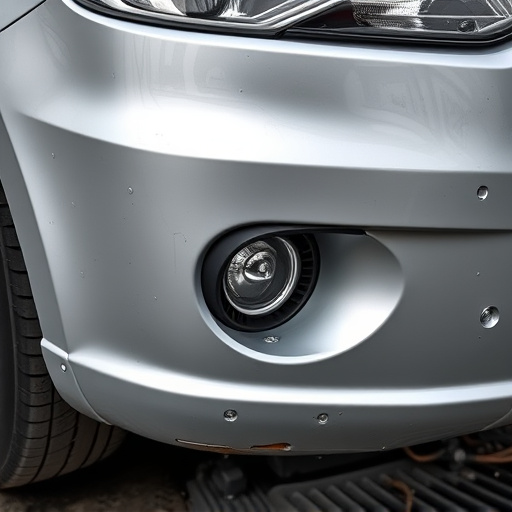
After a collision, AC repair becomes an essential part of the vehicle restoration process. One critical aspect to focus on during this repair is leak detection. Leaks in an air conditioning system can significantly impact the overall efficiency and performance of the AC, especially post-collision. Not only do they reduce cooling effectiveness, but leaks also lead to a gradual loss of refrigerant, which is both environmentally harmful and costly to replace.
In the context of AC repair after collision, identifying and fixing leaks promptly becomes vital. A skilled technician will inspect for any signs of damage or wear in the system, including worn-out seals, torn hoses, or corroded components. While car dent removal and repair are also crucial aspects of post-collision restoration, giving attention to leak detection ensures that once the dents are fixed, the vehicle’s interior remains cool and comfortable during operation, enhancing both driver and passenger safety and satisfaction.
Effective Strategies for Minimizing Damage During Repair
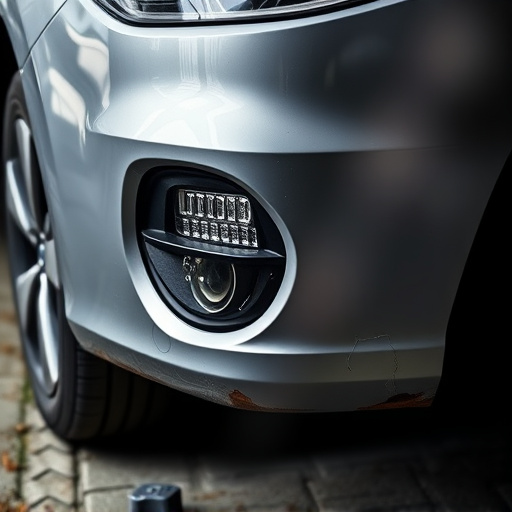
In the aftermath of a collision, minimizing damage during AC repair is paramount to ensure both the vehicle’s structural integrity and its performance. The first step involves a thorough inspection to identify not just visible damages but also potential leaks in the air conditioning system. This is where professional auto body services come into play, as they employ specialized tools and expertise to detect even subtle issues that could lead to larger problems if left unchecked. Effective strategies include using advanced diagnostic equipment to pinpoint leak sources, carefully assessing the car body restoration required, and replacing damaged components before proceeding with AC repair.
Additionally, vehicle paint repair techniques can play a crucial role in maintaining the aesthetic value of your vehicle. Skilled technicians employ meticulous techniques such as spot repairing and re-coating to restore the original finish, ensuring that the vehicle not only functions optimally but also retains its beauty. By integrating these strategies into AC repair after collision, car owners can expect not just reliable cooling systems but also a vehicle that looks as good as new, showcasing a seamless blend of performance and aesthetics.
Leak detection is a critical step in ensuring effective AC repair after a collision. By understanding the basics of leak identification and implementing strategies to minimize damage, professionals can deliver high-quality services, maintain customer satisfaction, and optimize vehicle performance. Prompt action on leaks prevents further complications, making it an indispensable practice in the realm of post-collision AC repair.
